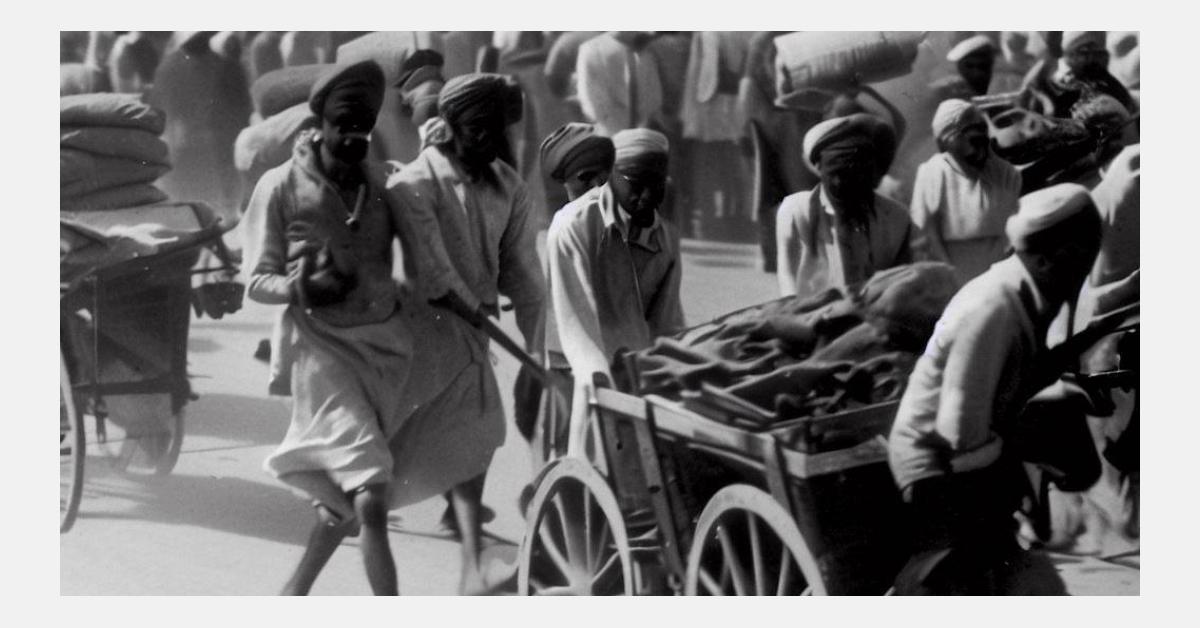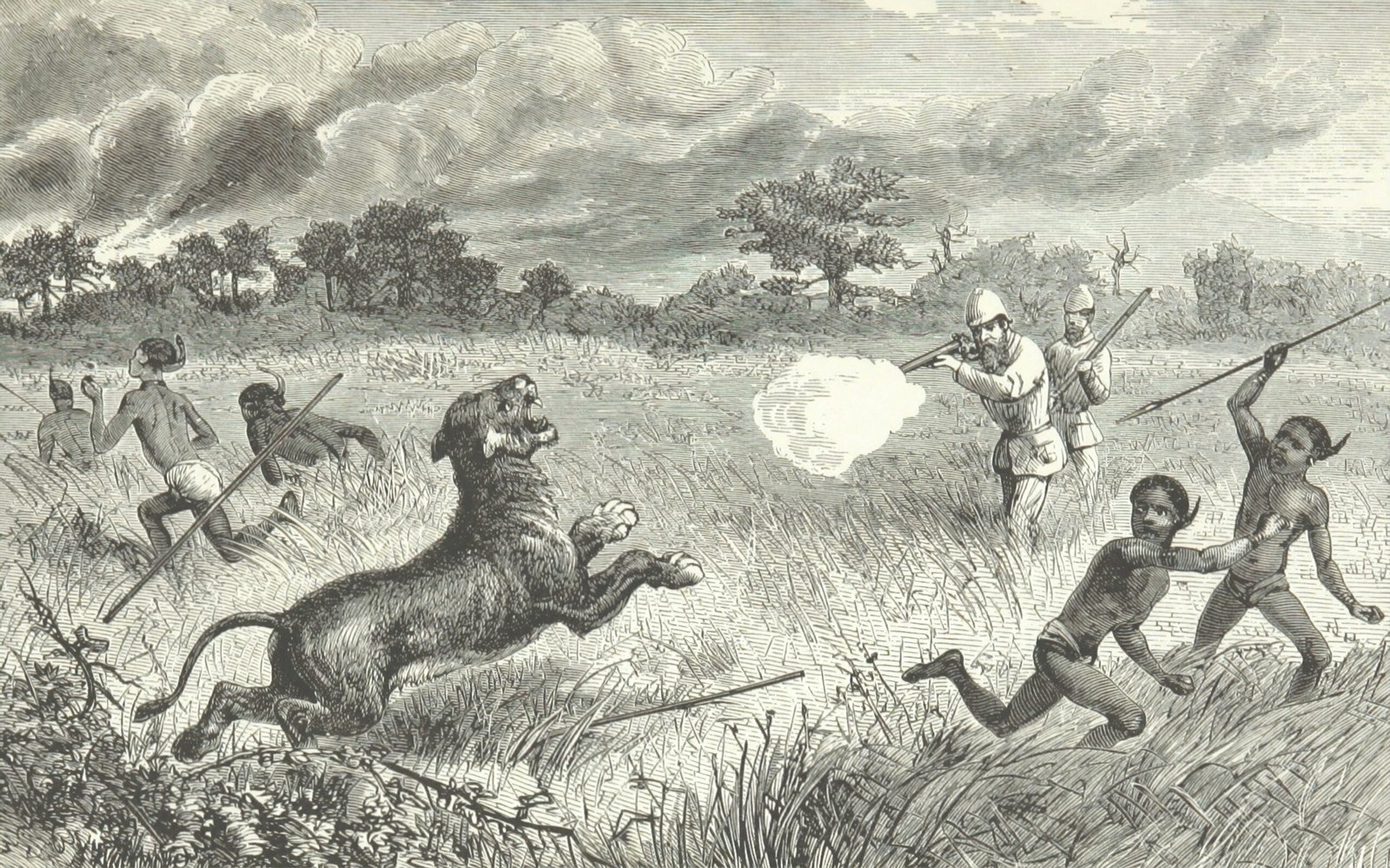The partition of India and Pakistan in 1947 stands as a pivotal moment in history, marking the birth of two sovereign nations from the remnants of British colonial rule. Amidst the overarching narrative of this seismic event, lie a myriad of lesser-discussed facts that paint a more intricate and nuanced picture of the partition’s impact. Beyond the well-trodden paths of popular discourse, these often overlooked details reveal the profound human stories, the intricate decisions, and the far-reaching consequences that unfolded in the wake of the partition.
From the hasty yet fateful Radcliffe Line to the profound cultural and artistic expressions that emerged, from the untold struggles of displaced populations to the enduring border disputes that persist, this exploration delves into the lesser-explored facets of India-Pakistan partition, offering a deeper understanding of the complexities that shaped the destinies of millions and left an indelible mark on the subcontinent’s history.
Radcliffe Line and Boundary Commission
The Radcliffe Line and the Boundary Commission played a critical role in defining the borders between India and Pakistan during the partition of 1947, the entire process was done by Sir Cyril Radcliffe, a British lawyer who had never been to India before
Background
As British colonial rule in India was coming to an end, the question of how to divide British India into separate Hindu-majority India and Muslim-majority Pakistan arose. The task of drawing the border fell to Sir Cyril Radcliffe, who had been appointed chairman of the Boundary Commission. Radcliffe had no prior knowledge of the region’s complexities, and he was given an incredibly short time frame to complete his work—just five weeks.
The Process
Radcliffe arrived in India on July 8, 1947, and was presented with various demographic and topographic data. He was tasked with dividing the region based on religious lines, which led to immense challenges due to the mixed populations in many areas. Radcliffe had to decide the fate of cities, villages, and even individual homes.
The Decision-Making Process
Radcliffe’s decision-making process was shrouded in secrecy. He worked alone and did not consult with any Indian or Pakistani experts or officials. He faced immense pressure and had to rely on limited information. In some cases, he reportedly used a ruler and a magnifying glass to draw the borders on the map.
Arbitrary Borders
The haste and lack of on-ground knowledge led to arbitrary and sometimes illogical border decisions. Radcliffe’s lack of familiarity with the localities resulted in borders that cut through communities, farms, and even buildings, causing confusion and disputes that persist to this day.
Unfinished Business
The partition process left several areas with undemarcated borders, leading to ongoing territorial disputes between India and Pakistan. The Sir Creek dispute is one such example, where the maritime boundary in the Rann of Kutch remains unresolved.
Legacy and Criticisms
The Radcliffe Line’s hasty and seemingly arbitrary decisions had significant implications for the subcontinent. The border he drew led to mass migrations, violence, and displacement. Radcliffe himself never returned to India after the partition, and his role has been criticized for its impact on the region’s history.
In summary, the Radcliffe Line and the Boundary Commission were pivotal in defining the borders between India and Pakistan during the partition. Sir Cyril Radcliffe’s rapid decision-making process, his lack of familiarity with the region, and the pressure of the situation led to a demarcation that, while aiming to separate religious communities, resulted in a legacy of complexities, disputes, and ongoing challenges for both nations.
Unfinished Business
Sir Creek Dispute
Located in the Rann of Kutch, the Sir Creek is a narrow strip of water along the western border of India and the southeastern border of Pakistan. The dispute revolves around the demarcation of the maritime boundary in the creek and its estuary. The issue stems from differing interpretations of the boundary line, which has led to conflicting claims over the ownership of the waters and the adjacent land.
Efforts have been made over the years to resolve the Sir Creek dispute, including bilateral talks and negotiations between India and Pakistan. However, a comprehensive agreement has not been reached, and the border remains undefined. The unresolved status of the Sir Creek dispute has implications for maritime resources, security concerns, and access to the sea for both countries.
The Sir Creek dispute serves as a prime example of the unfinished business resulting from the partition, where the hurried process of border demarcation has left lingering disagreements and a need for continued diplomatic efforts to find a mutually acceptable resolution.
Princely States
During the partition of India in 1947, the fate of the princely states, which were semi-autonomous territories with their own rulers, became a significant aspect of the process. These states had to decide whether to accede to India, Pakistan or remain independent. Here’s an example of a princely state and its decision:
Hyderabad
One prominent princely state was Hyderabad, ruled by the Nizam, a Muslim ruler with a predominantly Hindu population. The state was located in the center of India and was one of the largest princely states.
As the partition approached, Hyderabad’s ruler, Nizam Mir Osman Ali Khan, initially sought to maintain independence. However, his decision faced resistance from his own population, which included a significant Hindu majority. Tensions escalated, and violence erupted between pro-independence and pro-accession groups.
The situation led to a stand-off, and in September 1948, the Indian government launched a military operation called “Operation Polo” to integrate Hyderabad into the newly formed Indian Union. The operation was successful, and Hyderabad acceded to India.
The case of Hyderabad highlights the complex decisions and dynamics faced by the princely states during the partition. Many other princely states also had to make similar choices, and their decisions played a crucial role in shaping the post-partition map of India and Pakistan.
Population Displacement
Population displacement during the partition of India and Pakistan in 1947 refers to the massive movement of people across newly drawn borders as a result of the division of British India into two separate nations. This displacement was marked by:
Massive Migration
An estimated 10 to 15 million people were uprooted from their homes due to religious and communal violence. Hindus, Muslims, and Sikhs moved across borders in search of safety, often under dire and dangerous circumstances.
Violence and Atrocities
The partition led to widespread violence, including mass killings, abductions, and sexual violence. Communities that had coexisted for generations turned against each other, resulting in immense human suffering and loss of life.
Humanitarian Crisis
The sudden influx of refugees overwhelmed resources and infrastructure on both sides of the border. Refugee camps were established, but the conditions were often dire, leading to further suffering and disease outbreaks.
Separation of Families
Families were torn apart as members found themselves on opposite sides of the border. Many families lost contact with each other and faced uncertainty about the well-being and whereabouts of their loved ones.
Loss of Property
Displaced individuals often had to leave behind their homes, land, and belongings, leading to economic hardships and the loss of generational wealth.
Long-Term Impact
The population displacement had a lasting impact on the social, cultural, and economic fabric of both India and Pakistan. It shaped demographics, affected urbanization patterns, and contributed to the deepening of religious and communal divides.
Violence and Atrocities
The partition of India and Pakistan in 1947 was marred by widespread violence and atrocities, as communal tensions escalated and communities turned against each other. One notorious example of such violence is the Noakhali Riots:
Noakhali Riots (1946-47)
The Noakhali district, located in present-day Bangladesh, witnessed one of the most horrific episodes of violence during the partition. The Noakhali Riots were a series of communal attacks against Hindus by Muslim mobs. Thousands of Hindus were killed, women were subjected to sexual violence, and many homes and temples were destroyed.
The violence began in October 1946 and continued for months, resulting in a humanitarian crisis. Communities that had coexisted for generations were torn apart, and the level of brutality shocked the world. The British colonial authorities struggled to control the situation, and it marked a turning point in the demand for separate Hindu and Muslim states.
The Noakhali Riots serve as a tragic example of the violence and atrocities that accompanied the partition. This event and many others like it underscore the deep communal tensions and the human cost of the partition process. The scars of such violence continue to influence relations between India and Pakistan and have left a lasting impact on the collective memory of the subcontinent.
Borders Through Villages
The partition of India and Pakistan in 1947 resulted in the drawing of borders that often cut through villages, causing immense disruptions to communities and ways of life. One prominent example of borders dividing villages is the Wagah-Attari border between India and Pakistan:
Wagah-Attari Border
The Wagah-Attari border, situated near the city of Amritsar in Punjab, is one of the most well-known and heavily visited border crossings between India and Pakistan. It is famous for the daily Wagah border ceremony, a military parade, and the lowering of flags that symbolizes the closing of the border for the night.
The partition drew the Radcliffe Line through this region, leading to the division of villages and communities that had long-standing cultural, familial, and economic ties. One such village that was directly affected is the village of Wagah itself.
Prior to the partition, Wagah was a single village where people of different faiths lived together. However, after the border was drawn, the village was divided into two parts – one in India and the other in Pakistan. Families were separated, and neighbors who had lived side by side for generations found themselves on opposite sides of the border.
The division of Wagah village is a poignant example of how the partition’s borders cut through the heart of communities, causing untold disruptions and emotional distress. It serves as a reminder of the human impact of geopolitical decisions and the enduring legacy of the partition on local populations.
Exchange of Postal Services
The exchange of postal services between India and Pakistan after the partition in 1947 marked a significant effort to maintain communication and connections between the two newly formed nations. Despite the political and communal divisions, the exchange of letters and parcels continued, serving as a lifeline for divided families and communities.
Continuation of Postal Services
Despite the tumultuous circumstances of the partition, both India and Pakistan established mechanisms to continue postal services between the two countries. Letters and packages were exchanged through designated transit points and international postal conventions.
Human Stories
The exchange of letters played a crucial role in maintaining connections between families and friends who found themselves on opposite sides of the border. Many emotional stories of separated loved ones communicating through letters emerged, highlighting the resilience and determination of people to stay in touch despite the challenges.
Symbol of Hope
The exchange of postal services became a symbol of hope and normalcy amid the chaos and violence of the partition. It provided a way for people to convey their well-wishes, share news, and express their feelings during a time of great upheaval
In summary, the exchange of postal services after the partition represented a small but significant effort to maintain human connections and normalcy between India and Pakistan. It served as a testament to the enduring human spirit and the importance of communication during times of crisis.






Lesser-Known Realities of the India-Pakistan Partition
Explore the lesser-known dimensions of the India-Pakistan partition of 1947. Uncover the intricate details of the Radcliffe Line, the plight of displaced populations, the cultural and artistic expressions born from the turmoil, and the enduring impact of shared heritage sites. Delve into the stories of violence, the exchange of postal services, and the unfinished business that continues to shape the complex relations between India and Pakistan. Discover the human narratives and historical nuances that paint a richer picture of this pivotal moment in history.